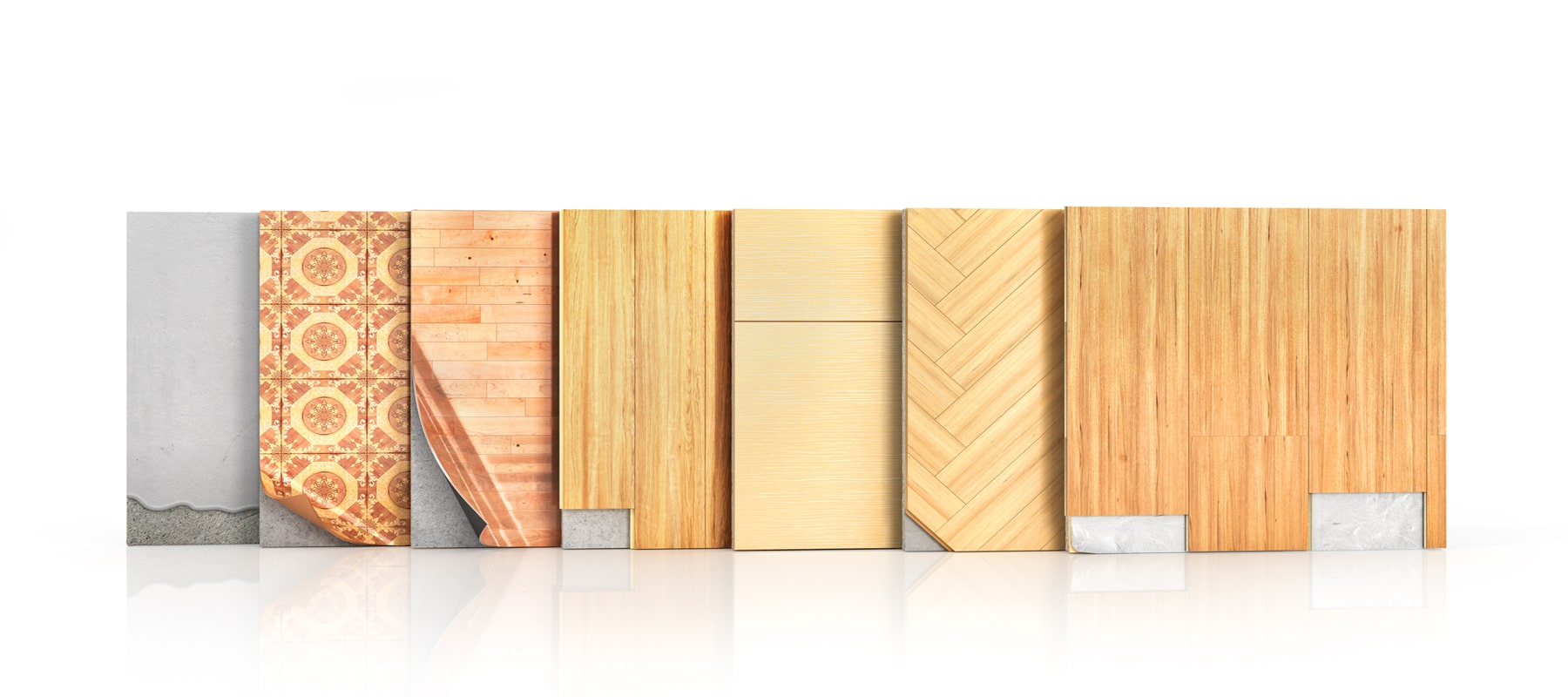How Much Does Pine Hardwood Flooring Cost?
Last Updated: January 14, 2022
On This Page
Pine flooring encompasses a wide product range, from the standard southern yellow pine you find at home improvement stores to more durable reclaimed heart pine to engineered and laminate pine floors. This buying guide from Cost Owl provides all the information you need to make an educated buying decision about pine hardwood flooring, including how much it costs to install.
Southern Yellow #
Southern yellow pine has a distinct yellowish/butterscotch color and often contains knots. Scoring a mere 690 on the Janka hardness scale (to put this in perspective, red oak scores 1,290), yellow pine is a relatively soft wood and is prone to denting. It is, however, a durable species, and it's not uncommon to find 100+ year old pine flooring. And because it grows commonly in many areas of the United States, yellow pine is also a relatively affordable wood.
Heart Pine #
Technically, "heart" refers to the heartwood section of a pine tree. As it's denser than the outer layers of sapwood, heartwood is harder and better for construction. The old growth trees present during the early days of the United States had heartwood sections that were much larger and denser than the heartwood found in the younger trees that have since taken their place. True heart pine was all but used up by the infrastructure building of a young America, but it is now being reclaimed from old buildings and sold to the public for use in their home. These planks are about twice as hard as southern yellow pine and have a color palette that ranges from pale yellow to reddish brown. They will darken somewhat when exposed to sunlight.
Engineered Pine #
Engineered pine flooring has a veneer of solid pine and underlying layers of cheaper woods laid crossways to each other to provide better stability than solid wood flooring. Engineered flooring is better at resisting warping, expansion, and contraction. And unlike solid wood, engineered wood can be installed as a floating floor (a floor that isn't nailed or glued to the subfloor).
Pine Laminate #
Laminate pine flooring has the rustic beauty of real pine, although the veneer is actually a photographic image. The benefits of laminates are affordability, ease of installation, low maintenance, and the ability to be installed in areas not appropriate for real wood (such as bathrooms and utility rooms).
Other Pine Flooring Considerations #
The following options will affect the price, as well as the appearance, of your pine wood floors:
- Prefinished vs. Unfinished: Prefinished wood comes ready-to-install from the factory, no sanding or staining required. Unfinished boards cost less upfront, but need to be finished on-site, which a do-it-yourselfer can tackle for maximum savings.
- Wood Grade: Clear grade wood, the highest grade, has no imperfections such as knots and color is uniform across the plank. Compare this to cabin grade wood, the lowest grade, which has color variation, knots, and pinholes. In between these two extremes are several other wood grades that vary in the number of imperfections they have and color uniformity.
- Plank Length and Width, and Thickness: Clearer grades of wood are typically available in longer lengths. Most manufacturers offer planks that are ¾, 5/16, 3/8, or ½ inch thick. A number of widths are available, and wider planks (greater than 3 inches) are becoming more popular. Choose a wider width to showcase the wood's grain.
Pine Hardwood Flooring Costs #
- Unfinished yellow pine might cost as little as $1 to $3 per square foot, while prefinished pine costs $3 to $5 per square foot.
- Reclaimed and engineered pine flooring are similarly priced at $5 to $10 per square foot.
- Pine laminate flooring costs $1 to $3 per square foot.
- Installing pine floors costs $2 to $4 per square foot. Paying a pro to sand and finish flooring on-site could add $1 to $3 per square foot to installation costs.
